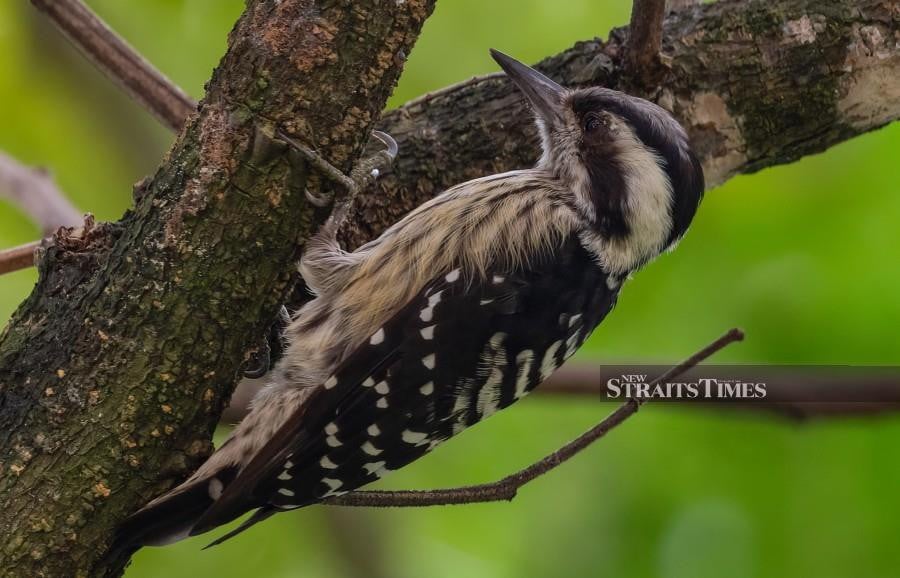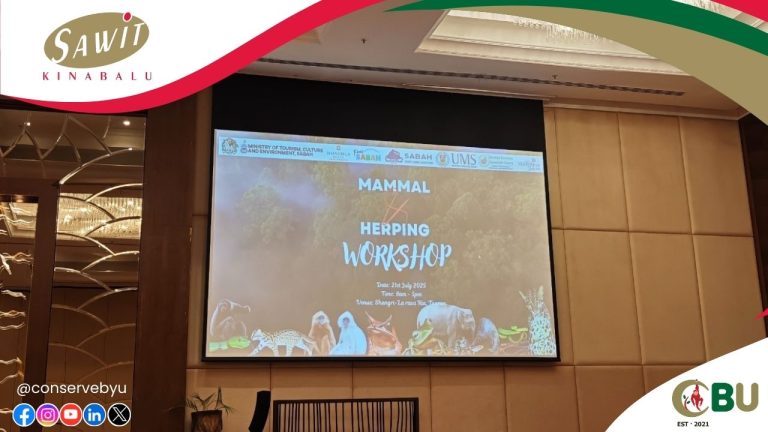THERE’S something about birds that has always captivated the human spirit.
Their vivid colours, graceful flight and restless freedom have inspired poets, artists and inventors for centuries.
The earliest flying machines, after all, took their cues from the effortless glide of birds across the sky.
Among the animal kingdom, birds are perhaps the most visible to us during the day. Whether nesting in treetops, darting between branches, or calling to one another from telephone wires, they have long been part of the human story — as symbols, sources of livelihood and more recently, subjects of leisure and wonder.
In Malaysia, birdwatching is no longer the niche pursuit it once was.
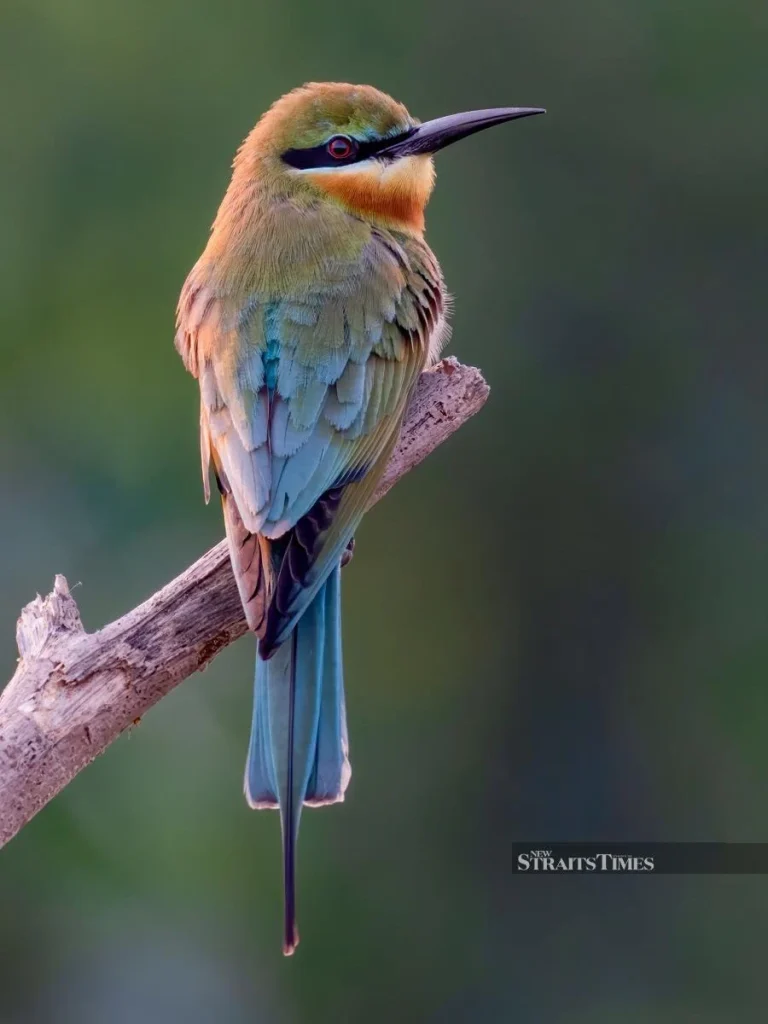
What began as a colonial-era activity, used by naturalists and colonisers to document the region’s rich biodiversity, has today blossomed into a popular pastime embraced by Malaysians of all backgrounds and ages.
During those early days, British officials would employ locals to guide them deep into the jungles, helping to record and collect bird species for natural history museums overseas. Over time, the practice was passed on to the communities here, transforming from a colonial enterprise into a recreational pursuit.
Today, birdwatchers don’t need to venture far. The beauty of birdwatching lies in its accessibility. It begins at home — in backyards, community parks, gardens and even city green pockets.
Birds tend to gather where there’s food and shelter: fruiting trees, flowering shrubs, nesting hollows and roosting spots.
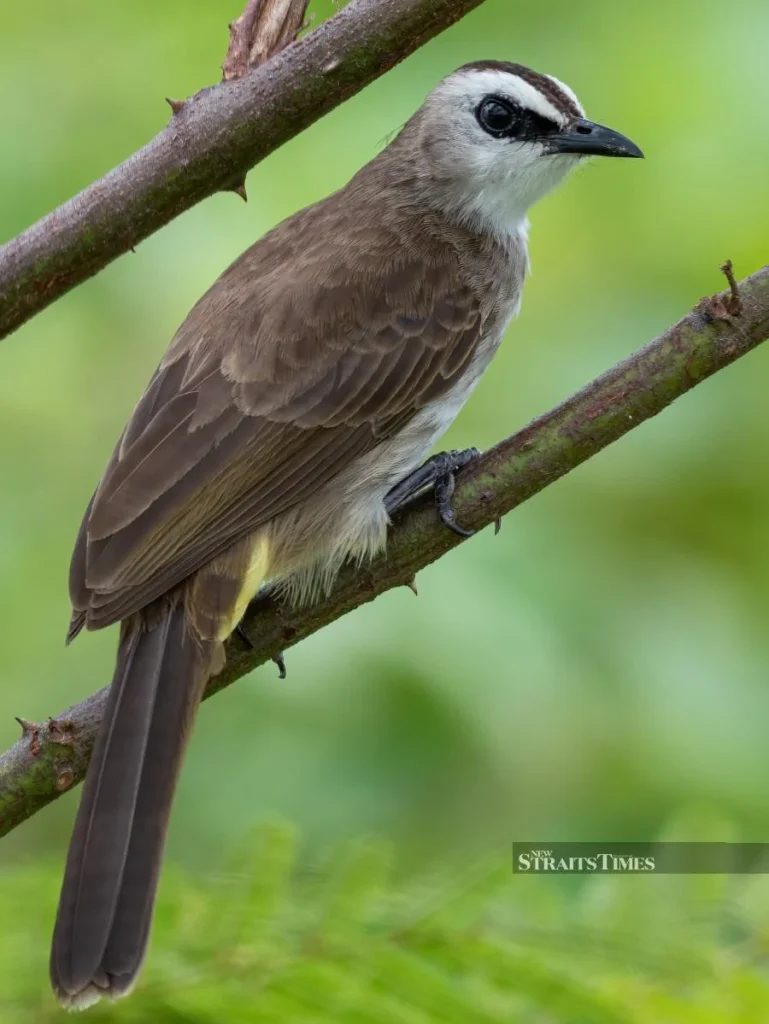
Some species, like the lively Yellow-vented Bulbul or the cheeky Zebra Dove, make their presence known with loud, repetitive calls. Others remain elusive, revealed only by a flash of colour or a rustle in the undergrowth.
SERENITY OF THE SEARCH
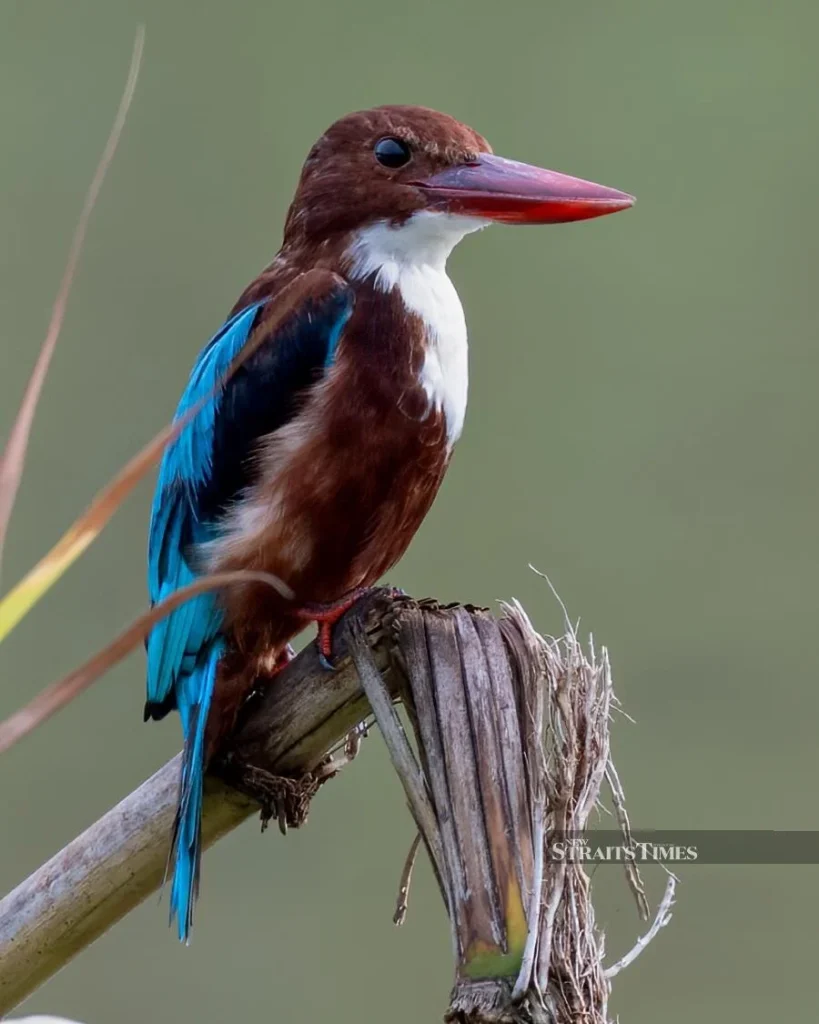
To start, all one really needs is a notebook, a pen and a pair of binoculars. These simple tools allow birdwatchers to observe while maintaining a respectful distance, as many species can be skittish.
Over time, enthusiasts learn what’s known as a “safe distance”, either through experience or advice from seasoned birders.
Modern technology has also reshaped the hobby. The advent of cameras with telephoto lenses and the rise of bird photography have changed the way birders document their sightings.
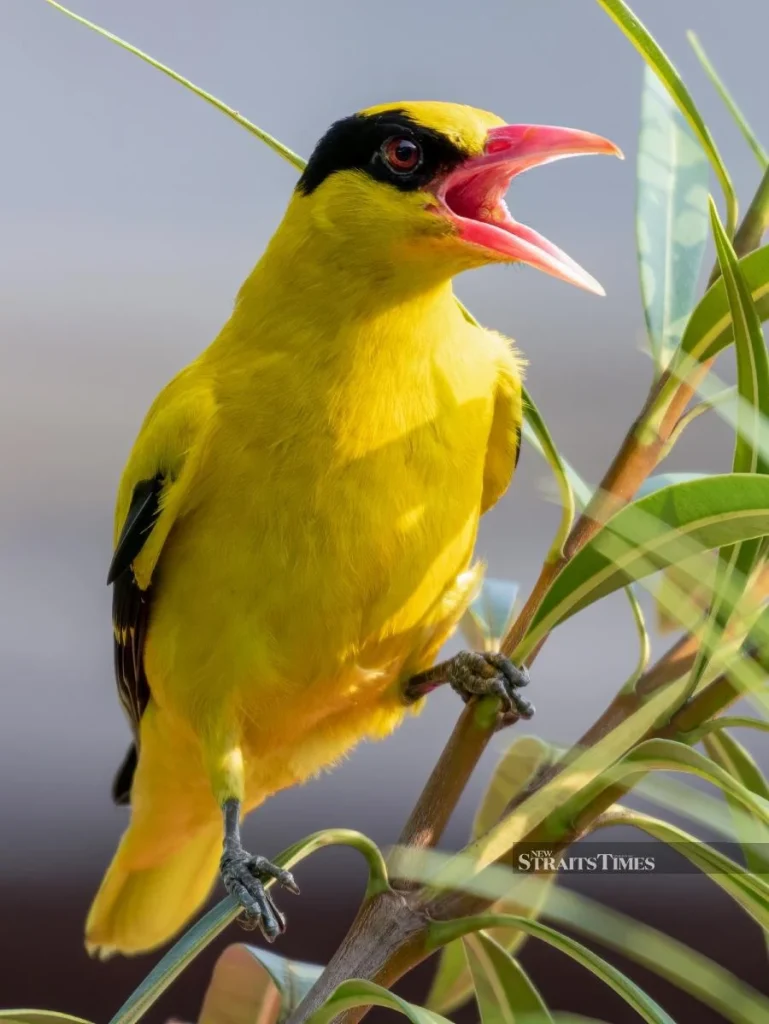
Gone are the days of hurried sketches and long written descriptions; a sharp, well-timed photograph now captures intricate plumage and distinctive markings, simplifying identification and sharing.
The benefits of birdwatching extend well beyond the joy of spotting a rare species. It’s an activity that soothes the mind, eases stress, and encourages mindfulness.
Standing quietly in nature, listening for the rustle of wings or a distant call, can be a form of moving meditation.
Many birders will tell you it’s not just about the birds, but about the serenity of the search.
WINDOW INTO THE NATURAL WORLD
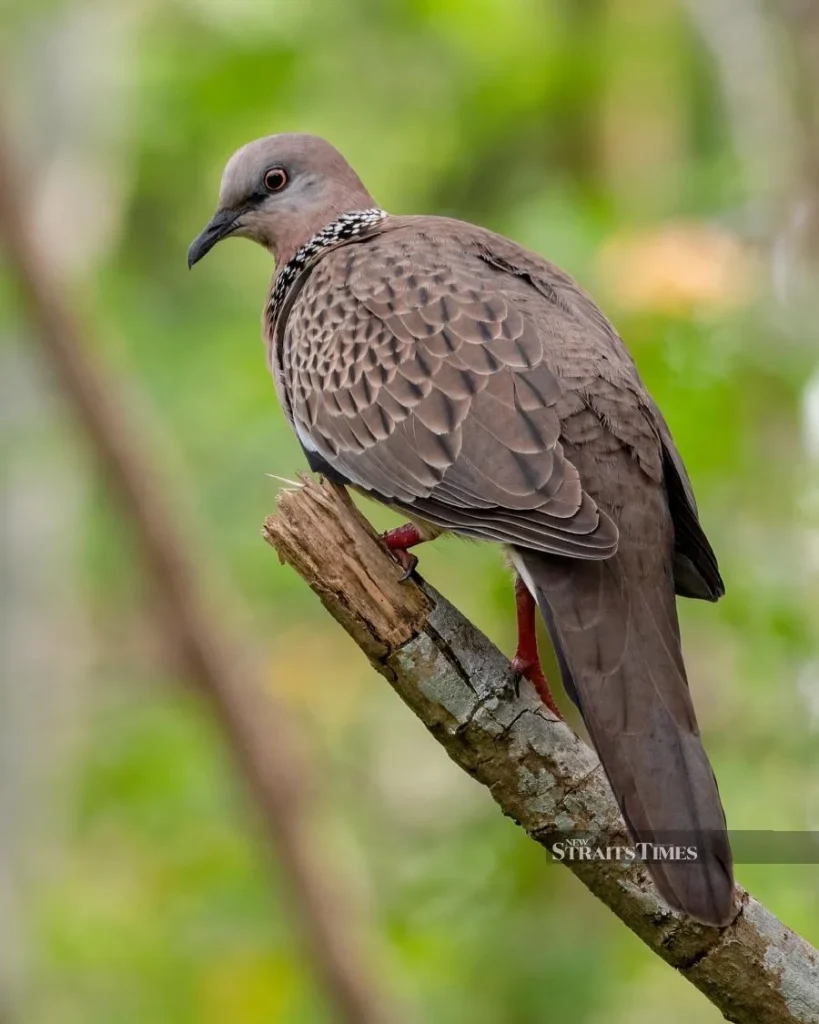
Physically too, birdwatching gets people moving. It often involves long walks, gentle hikes, or treks through forest trails and open wetlands in search of different species. Regular exposure to nature has been shown to lower blood pressure, improve immunity and promote overall well-being.
But perhaps its greatest gift is educational. Birdwatching offers a window into the natural world — its fragility, its beauty, and its importance to ecosystems. It fosters awareness, reminding us that conservation begins with curiosity.
For those who take up a pair of binoculars, the rewards are many. Each sighting — whether a common Black-naped Oriole or a young Oriental Pied Hornbill — carries with it a small thrill. And as every birdwatcher will agree, the joy is not just in the finding, but also in the waiting, watching and learning.
Follow our Facebook page ConserveByU for our latest updates.


